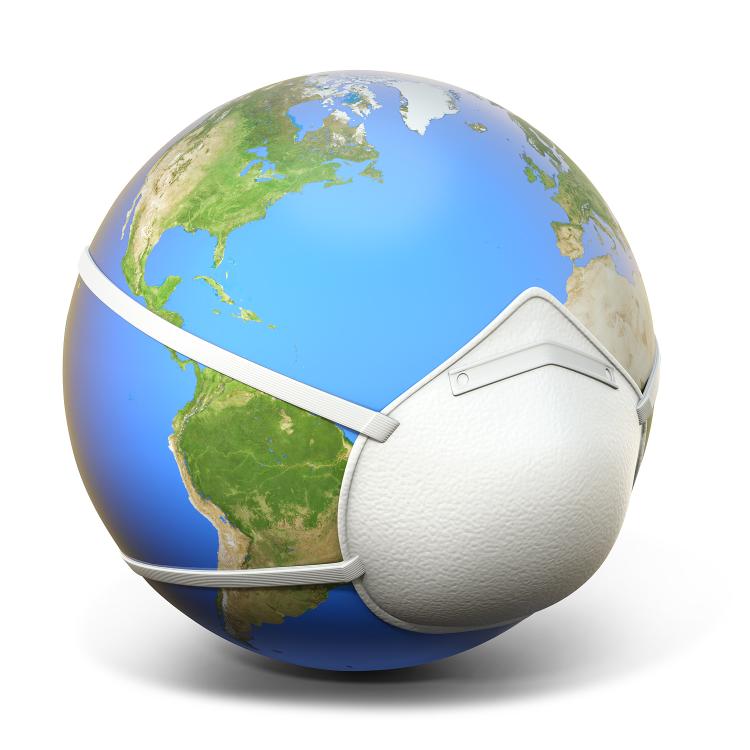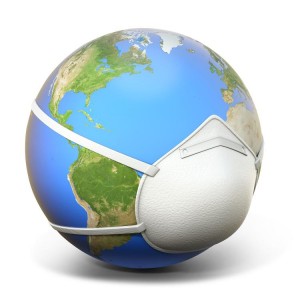Turning Information into Action

 We hear…but do we comprehend? What connection does our brain make to statements transmitted through our auditory canal such as global warming is increasing at 0.13°C per year? Or there are 495 dead zones covering 95,000 square miles of our world’s oceans as a result of increased runoff from agriculture? We see…but are those images stored in our brain, to recall in decision making when confronted with a particular behavior choice? For instance when the image of a little girl sifting through a rubbish pile looking for a bite to eat burns onto our retinas, do we remember that later when we casually toss out half our dinner plate in a Styrofoam takeout container? How many of us in the developed world actually comprehend that our actions contribute directly to global warming?
We hear…but do we comprehend? What connection does our brain make to statements transmitted through our auditory canal such as global warming is increasing at 0.13°C per year? Or there are 495 dead zones covering 95,000 square miles of our world’s oceans as a result of increased runoff from agriculture? We see…but are those images stored in our brain, to recall in decision making when confronted with a particular behavior choice? For instance when the image of a little girl sifting through a rubbish pile looking for a bite to eat burns onto our retinas, do we remember that later when we casually toss out half our dinner plate in a Styrofoam takeout container? How many of us in the developed world actually comprehend that our actions contribute directly to global warming?
Until every human makes this connection and takes steps to modify behavior, only then will we see the beginnings of a response to addressing this issue of global warming. Easier said than done, right? Many organizations have started to tackle this problem; how do we solve it?
Social media has “connected” humans around the globe – in news media, in sports, entertainment, in war, government and science. And for science, it is our opportunity to communicate to the masses as never before. Social media should be science’s biggest cheerleader; informing, educating, motivating the public to take an interest in their world and the environment surrounding them. Without a healthy environment, none of the frivolities and conveniences we enjoy in modern society really matter, do they? Why do we not recognize the connections between our actions and the environment?
Twitter, Facebook, these are words now engrained in our global lexicon. Sadly, CO2, greenhouse gases and arctic oscillation are words that haven’t garnered a huge following. Or an understanding of what clean air and water is and that many of our fellow humans do not have access to it? The UN, World Bank, EPA and CSIRO all have social media accounts. A quick search on twitter shows how their followers pale in comparison to the millions flocking to celebrities and sports athletes. I cannot speak for all countries, but the children in America seem more tuned into the goings-on of their favorite reality star and less so about their education. They’ve tuned out the real reality…Reality has been replaced by an altar, pseudo reality. What has caused this lack of interest in education, particularly in science and math?
We know what kids have their eyes glued on…it is high time we connected with them in terms this new generation understands – they want to be entertained. We have the medium (handheld screen devices), now we have to convey the content in meaningful methods they comprehend. Infographics (e.g., http://bit.ly/xyToxR) are a start as they are colorful, fun, often witty and they do provide statistical information to make you sit up and take notice. But what happens after your brain inputs that information? Perhaps an Actiongraphic is the new companion to the Infographic. That’s the missing component – the information detailing the problem is out there, but the action required to solve the problem is not. This is the conversation we need to be having – not only must we provide the information, but also the tools for responding to (and hopefully correcting) the problem. How can we offer motivation for kids, and adults alike, to take action? Maybe children growing up in the developed world, who have the privilege to attend school, will see that image of the little girl looking for her meal, read the statistics of how many children go hungry every day in the developing world, will begin to understand solutions exist (not easy ones by any means), see the list of possible actions they can take, and maybe even identify solutions maybe we haven’t thought of yet. Those changes may not help that girl, but could be a benefit to others like her in the future.
We as scientists and communicators of science to the public have to begin to display how the connections between land use, environment, public health and energy usage all intersect. If we want to create the next generation of sustainable stewards of this planet, we need to educate children (and adults) about the world’s problems via methods the world now uses to interact. It involves putting the human element into technology and using that to transform outputs.
 Follow
Follow